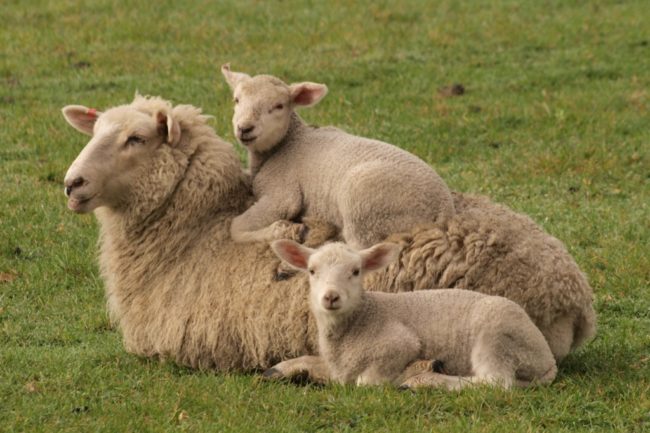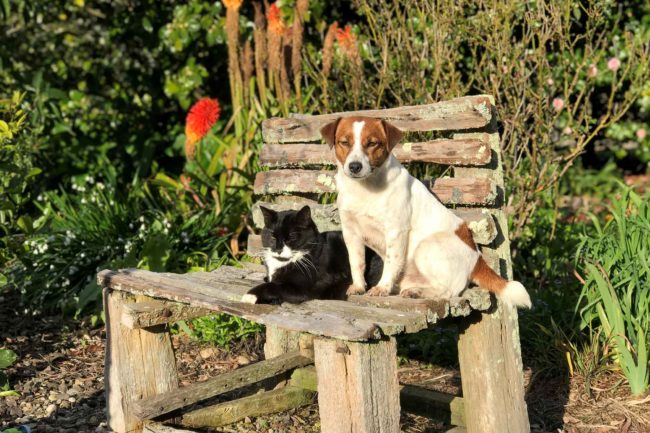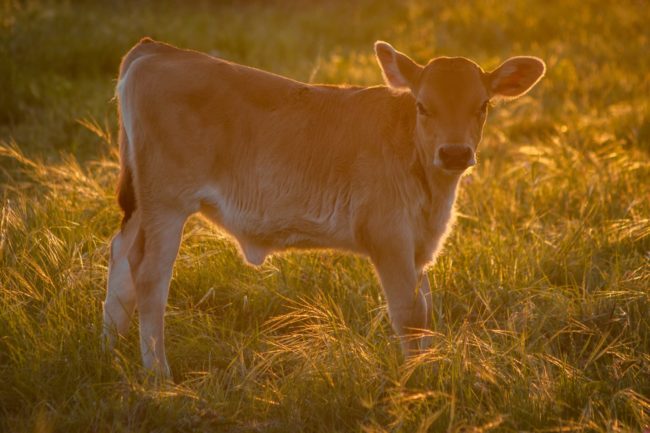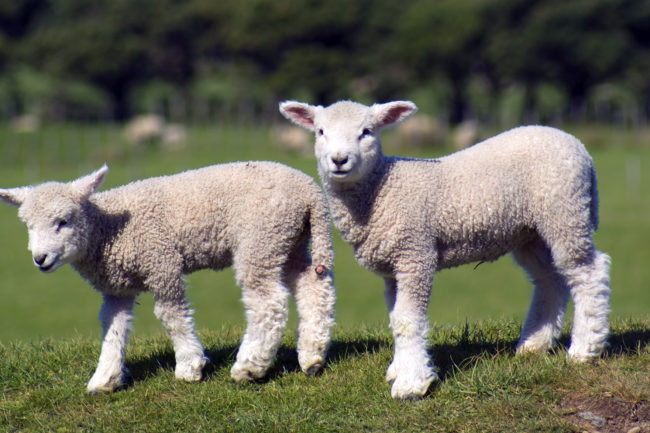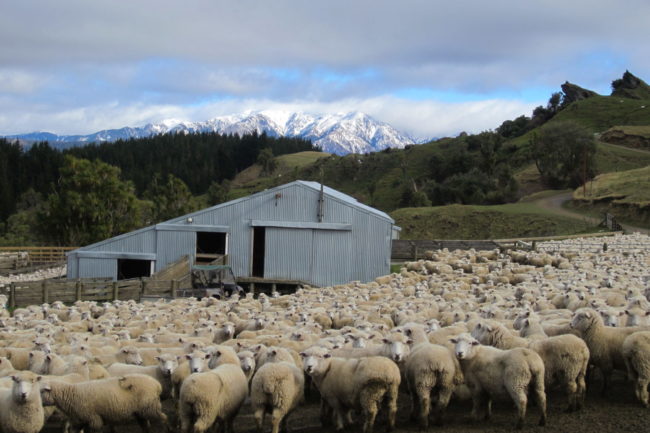Rat Bait Poisoning – Vicki Gilchrist
Rat bait (anti-coagulant rodenticide) is the most common poison eaten by dogs and it causes problems by preventing their blood from clotting. Symptoms begin 2-4 days after ingestion due to bleeding in different locations in the body. Dogs can bleed from anywhere but most commonly into their lungs, which causes a cough and then difficulty…
Details



